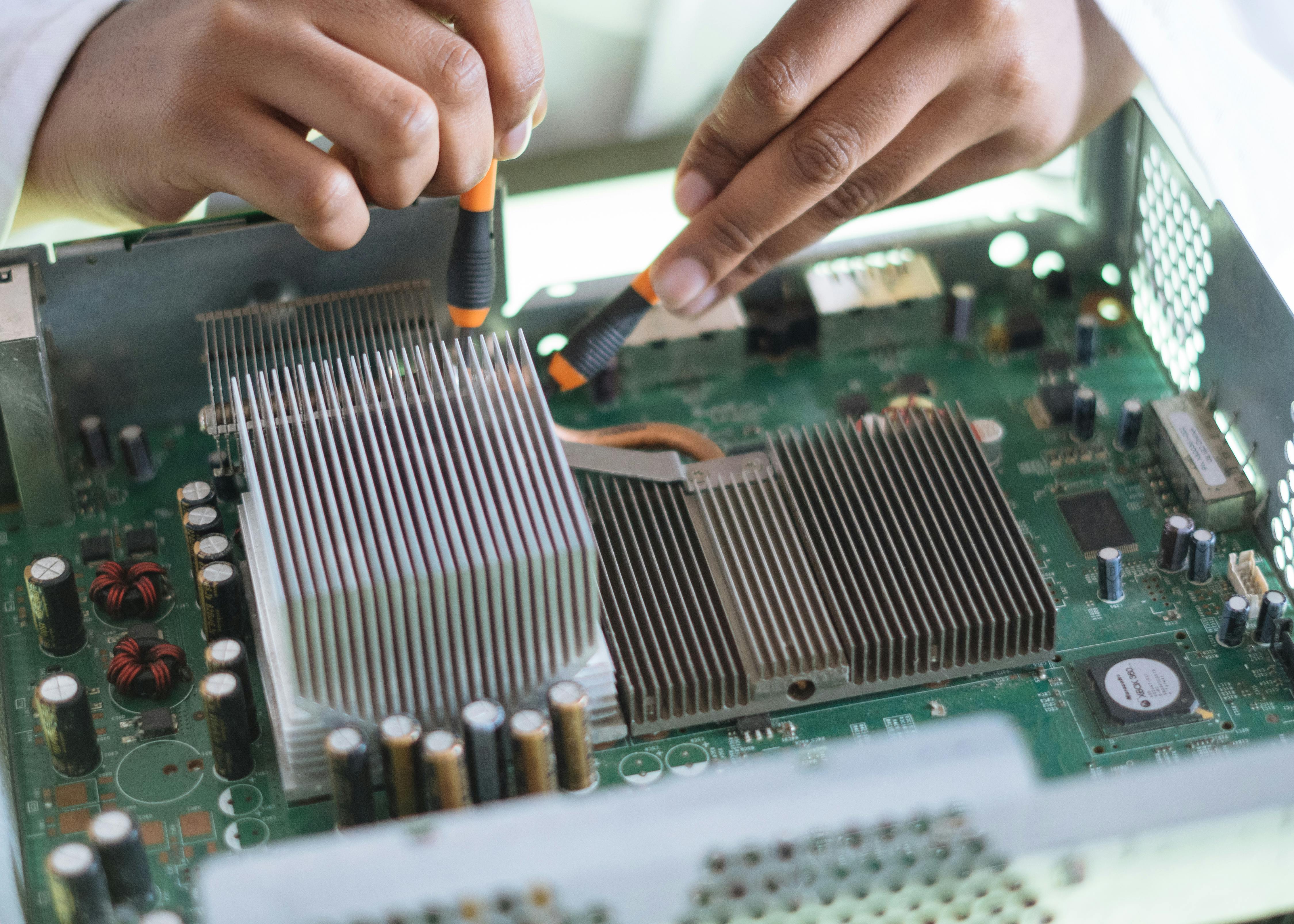
What’s the difference between selling your art, licensing your art, and getting a flat fee license?
During a teleseminar in which I interviewed veteran of the art licensing industry, Paul Brent, one of the questions we answered from an artist was: “When an artist is starting out, is it better to license or sell their art?” Paul basically replied “do one OR the other”, not both. This caused some confusion, so I thought I’d clarify the issue in a bit more detail.
What does it mean to be a “selling artist” or “sell your art”? Are they the same thing?
This is one of those cases where making sure everyone has the same definition is key.
Does it mean selling original art like in a gallery?
Does it mean selling art for the fine art printing market?
Does it mean selling art to manufacturers?
When Paul Brent answered the question, when he referred to being a ‘selling artist’, he was referring to selling a piece directly to a manufacturer. For a set amount of money, the manufacturer buys the art and all the copyrights associated with it. Some manufacturers and industries will only buy art. They want to pay upfront for a design and get away with it, including all royalties. Then they can take it, tear it, change color, name it after anyone, etc. It becomes completely yours, you, as an artist, create something new. You cannot use the artwork in any other form or version, you start over.
That is “sell your art”. Many artists like this format. Believe, get paid, move on.
But artists like Paul Brent and I have a different way of doing business. We prefer to “license” our art. License means that we retain the copyright and control of our art. We “license” the rights to manufacturers, through written contracts, to use our art in their products for a certain period of time. The goal is to license the rights to the same art to many manufacturers so that you can make a nice living.
Traditionally, license agreements are based on royalties, whereby artists are paid based on sales. That means you wait, sometimes 12-18 months to get paid, but share the risk and reward of the product. If the product works well, you should earn a lot more in royalties than you would if you simply sold a design. If you don’t do well, you can earn less.
“Licensing your art” means that you can use your art more than once, you retain the copyright, and you have to wait a little longer to see the money. But once you have projects in the pipeline, you can earn a good income.
So what is this “flat fee license” and how is it different from selling art?
The way I see it, the flat rate license is like a hybrid car: it has some things in common with the sale of art and some things in common with the license. The contract is like a license agreement (products, art will continue, time frame for use, you retain copyright) but instead of a royalty percentage, they both accept a flat fee. The key difference between this and selling your art is that you still retain the rights to use the art in other areas, you have simply accepted an amount of money that you earn up front.
So with the subtle but key differences between the sale and the flat fee license explained, I agree with Paul Brent’s answer to the question. It would be difficult to sell and license your art unless you have two styles, two names, and a good organization to know what you did with each piece.
For more information on artist Paul Brent’s art licensing, visit www.AskPaulBrent.com and listen to his free one-hour interview on art licensing from March 2009. You can also purchase the audio from his June 2009 teleseminar .